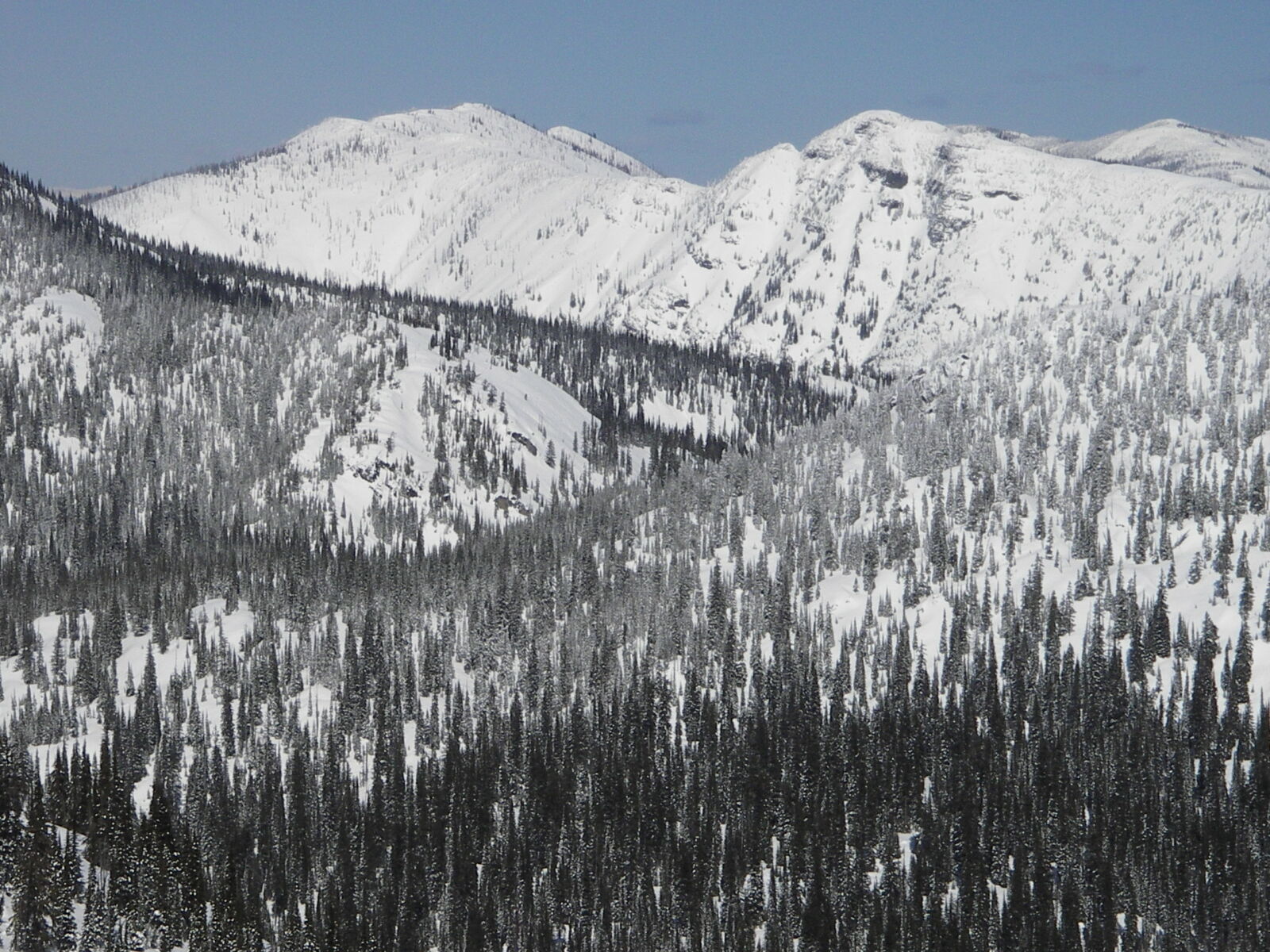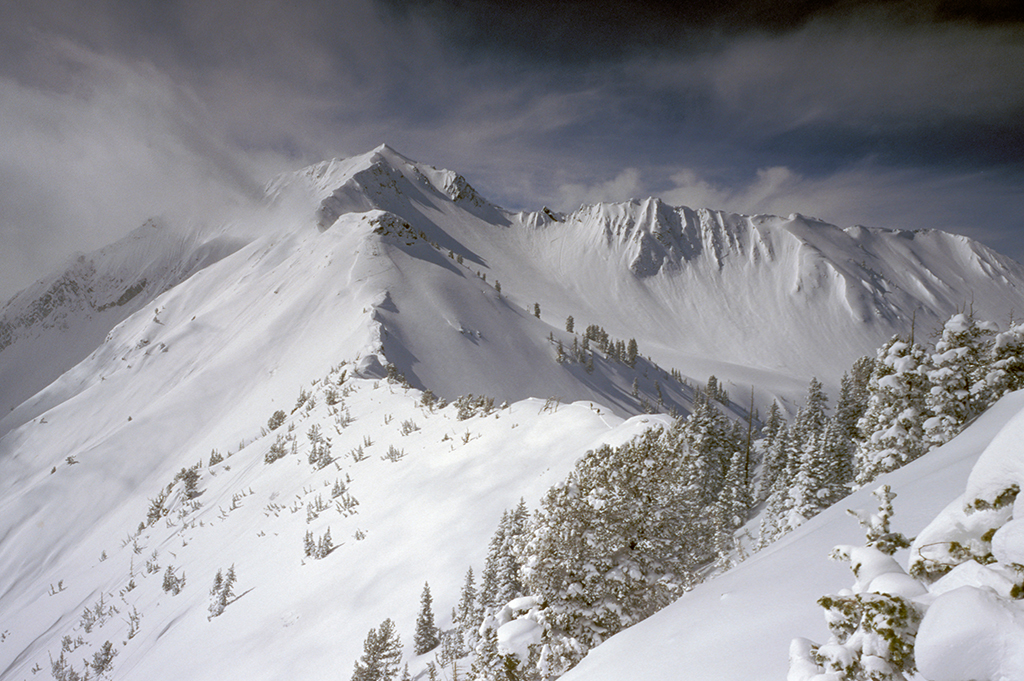Did you get the chance to read the backcountry skiing article in Your National Forests yet?
We also encourage you to check out www.fsavalanche.org for additional information and resources on avalanches. Have fun and be safe!!!

As avalanche warnings begin to appear across the West, it’s a perfect time to start a discussion about snow safety and how we can strive to be smart and informed outdoors enthusiasts on our National Forests this winter season.
Traveling at speeds of up to 120 miles per hour, avalanches are truly a force of nature. Of the three main types of avalanches, slab avalanches are the most deadly. These slides typically occur when a harder layer of snow settles on top of a softer, weaker layer; as the name suggests, a slab of snow breaks free from the layers beneath it and slides down the mountainside. The majority of these avalanches are caused by backcountry users making their way through terrain that is unsafe, so knowledge of conditions and warning signs are essential to safe winter adventures. Here are some simple guidelines:
Slope:One of the simplest ways to find out if you’re in avalanche country is by measuring the slope of the terrain you’ll be exploring. This can easily be done with a slope meter, compass or clinometer, essential tools for the winter backcountry user. As a rule avalanches don’t usually occur on slopes lower than 30 degrees
Snowpack: Keep this in mind: even if the mountain you are eyeing is steep enough to avalanche, slides will only occur if the snowpack is also unstable. So, when you know for sure that conditions are safe – go for it, shred that mountain! But, if you have any doubt, save it for another day. What makes for unstable conditions? Snow is least stable right after a storm; heavy precipitation, whether it is rain or snow, adds weight to the snowpack and often creates dangerous layers of snow that could easily slide. Wind can also create unstable conditions by picking up snow and then depositing it elsewhere, also adding weight to the snowpack. Temperature wise, rapid warming can cause snow to creep or glide downhill, causing instability.

Staying Safe:There are many ways you can stay safe this winter recreation season – from checking weather and avalanche reports for your backcountry destination to learning to check snow stability and look for “red flag” warning signs. Luckily for all of us that want to venture outside this winter, the Forest Service National Avalanche Centerhas a great site on the web, full of important and relevant resources for skiers, snowboarders, snowshoers and snowmobilers. Check out the "A Day in Avalanche Country" section for a step by step guide to playing it safe in the backcountry.
Winter mountains are imposing and seductive. Their snowy slopes draw us from the cozy warmth of our homes into the chilling beauty of the backcountry. Stay informed and aware this season. Take an avalanche class, wear a beacon. And then when you’re properly prepared, give in to temptation and get outside already!

